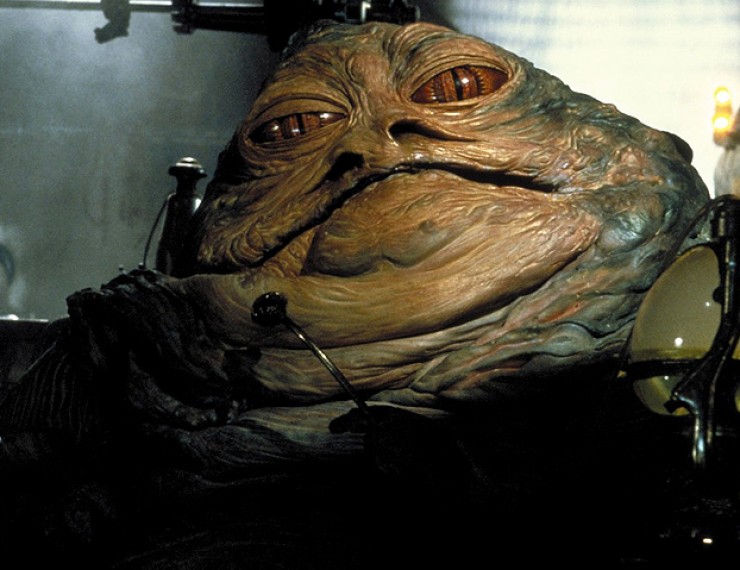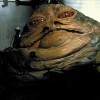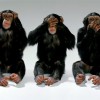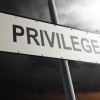—May 3, 2015
After being lambasted by Black activists for its failure to adequately reward Black talent in its annual awards program, Hollywood is now facing the wrath of the LGBT community, which is claiming that Gays and Transgendered folk are not adequately represented in major studio releases of mainstream films.
According to the LGBT activist organization GLAAD, of 126 movie releases from the major studios in 2015, only 17.5 percent of them included LGBT characters, the same percentage as recorded by the group in 2014. According to GLAAD’s fourth annual Studio Responsibility Index, three of the seven major studios examined received failing grades while the others only managed to be graded as “adequate” in their representation of LGBT characters.
Along with the alleged lack of Gay characters, GLAAD’s report took issue with the lack of Gay characters of color and lack of “serious” Gay characters. “Too often the few LGBT characters that make it to the big screen are the target of a punchline or token characters,” said GLAAD President Kate Ellis upon releasing the report. “The film industry must embrace new and inclusive stories if it wants to remain competitive and relevant.”
In fact, the report insists that Hollywood must include more LGBT characters in G- and PG-rated family oriented movies, as well as in science fiction movies, noting that only 3 percent of science fiction flicks released in 2015 had any Gay characters. “As sci-fi projects have the special opportunity to create unique worlds whose advanced societies can serve as a commentary on our own, the most obvious place where Disney could include LGBT characters is in the upcoming eighth Star Wars film.”
I guess it should be titled, “The Force Comes Out of the Closet.”
The scathing report concludes that the major studios must do a better job “including LGBT characters in roles directly tied to the plot and which reflect the wide diversity of the LBGT community, including people of colour and those living with disabilities.” Additionally, the report concluded that Hollywood is “shockingly far behind other media” in its depiction of transgendered characters, with only one recorded as having been included in the 126 studio releases examined for the report.
As with the University of Southern California’s School for Communication and Journalism report that lambasted Hollywood for its lack of diversity earlier this year (please see Hash It Out Feb. 23 blog—Flawed Report Pushes Affirmative Action on Hollywood), I see numerous flaws and misconceptions in this report.
First off, the numbers just aren’t that bad, or indicative of a lack of LGBT representation, as claimed by GLAAD, especially given that LGBT folks only make up about 5 percent of the U.S. population. In fact, the 17.5 percent representation suggests that LGBT characters may be overrepresented in major studio releases.
For the record “equal rights”—which I support—do not equate to “equal representation.”
To put it another way, the U.S. LGBT population is roughly the same size as the U.S. Asian population, and thus the number of Gay characters seen in the major studio releases should be about the same as the number of Asian character seen in these releases. Judging by the numbers presented by GLAAD, Gays are getting more representation than Asians. From the movies I’ve seen, both groups tend to receive fair representation that accords to their respective percentages of the population.
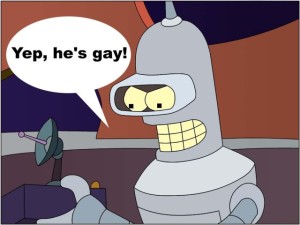 And then there’s the question of identification. Unless there’s a parade or its “Pride Week,” Gay folks for the most part don’t run around shouting “I’m Gay,” or engage in other behavior or antics that identify them as such to the general public. Unless I’m missing something most Gay Folks look and act pretty much like the general population at large. As with the flawed USC report, it appears that GLAAD relied to a large degree on Gaydar to determine exactly which characters were Gay.
And then there’s the question of identification. Unless there’s a parade or its “Pride Week,” Gay folks for the most part don’t run around shouting “I’m Gay,” or engage in other behavior or antics that identify them as such to the general public. Unless I’m missing something most Gay Folks look and act pretty much like the general population at large. As with the flawed USC report, it appears that GLAAD relied to a large degree on Gaydar to determine exactly which characters were Gay.
Naturally, GLAAD would like to see more Gay-themed major releases, but given the 5 percent LGBT representational proportion of the population, should Hollywood go out of its way to produce a set number of “Brokeback Mountain”—style Gay major releases each year?
I would say not, especially given the apparent large number of Indie studio Gay-themed releases each year as evidenced by the “Queer Film Festivals” offered in many of the country’s major cities annually. And if they make it to the major leagues, as some do, all power to them.
As for Transgendered representation by the major studios? Well, given that its proportional representation of the population stands at below 0.03 percent of the population at large, one transgendered character out of 126 movies certainly counts as fair representation.
Plus, who’s to say that more of the characters aren’t transgendered? Shouldn’t an ideal transgendered person be unrecognizable as trans?
I’ll bet the researchers at GLAAD have probably missed quite a few transgendered characters. I mean, speaking of GLAAD’s desire to enhance the Star Wars franchise with LGBT culture, I’d say it’s already there. Take Jabba the Hut. I’ll bet he’s transgendered. Just by looking at his eyes you can tell he used to be a woman….
So Hash It Out!—Do You Want to See More LGBT Characters and Culture in Major Hollywood Studio Films?
—M.J. Moye

